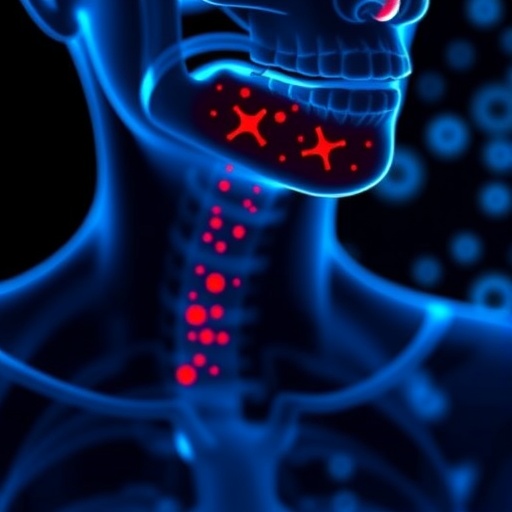CORVALLIS, Ore. – Efforts to curtail the flow of cocaine into the United States from South America have made drug trafficking operations more widespread and harder to eradicate, according to new research published this week in Proceedings of the National Academy of Sciences.
The National Science Foundation supported the study, which included an Oregon State University geographer and was led by Nicholas Magliocca from University of Alabama. The collaboration also included researchers from The Ohio State University, Northern Arizona University, Arizona State University, Texas State University-San Marcos, the University of Wyoming and the U.S. Fish and Wildlife Service.
“It really is surprising how the model matches our observations,” said David Wrathall of OSU’s College of Earth, Ocean and Atmospheric Sciences. “Our team consists of researchers who worked in different parts of Central America during the 2000s and witnessed a massive surge of drugs into the region that coincided with a reinvigoration of the war on drugs. We asked ourselves: did drug interdiction push drug traffickers into these places?”
The findings are important because after five decades, the United States’ war on drugs has yet to prove itself effective or cost-efficient for dealing with cocaine trafficking, the researchers note. The study comes at a time of increased attention on Central American migrants fleeing drug-related violence in their home countries.
The scientists developed a computer model named NarcoLogic that shows how drug traffickers respond to interdiction strategies and tactics. It differs from previous approaches because it models local- and network-level trafficking dynamics at the same time.
Interdiction efforts are linked to the spread and fragmentation of trafficking routes – a phenomenon known as the “balloon and cockroach effect.” When interdiction efforts are focused in one location, drug traffickers simply relocate.
“Between 1996 and 2017, the Western Hemisphere transit zone grew from 2 million to 7 million square miles, making it more difficult and costly for law enforcement to track and disrupt trafficking networks,” Wrathall said. “But as trafficking spread, it triggered a host of smuggling-related collateral damages: violence, corruption, proliferation of weapons, and extensive and rapid environmental destruction, which has been the focus of my work.”
Since the Nixon Administration launched the war on drugs in 1971 and declared drug abuse to be “public enemy No. 1,” the United States has spent an estimated $1 trillion on drug prevention and enforcement efforts.
That includes roughly $5 billion annually on cocaine interdiction, without having much effect on the drug’s supply or its price, the researchers say.
“Wholesale cocaine prices in the United States have actually dropped significantly since 1980, deaths from cocaine overdose are rising, and counterdrug forces intercept cocaine shipments at a low rate. More cocaine entered the United States in 2015 than in any other year,” Wrathall said. “And one thing people who support interdiction and those who don’t can agree on is that change is needed. This model can help determine what that change should look like.”
The researchers’ main hypothesis, borne out by comparing NarcoLogic’s predictions of where, when and how cocaine shipments were trafficked from2000-14 against the actual patterns recorded in interdiction databases, was that trafficking operations didn’t become more widespread and resilient because of ineffective interdiction – but did so simply as a result of interdiction.
“The study is a victory for observation and theory. This model successfully recreates the dynamic our team had observed,” Wrathall said. “It tells us that increased interdiction will continue to push traffickers into new areas, spreading networks, and allowing them to continue to move drugs north.”
###
Media Contact
David Wrathall
[email protected]
Related Journal Article
https:/
http://dx.




